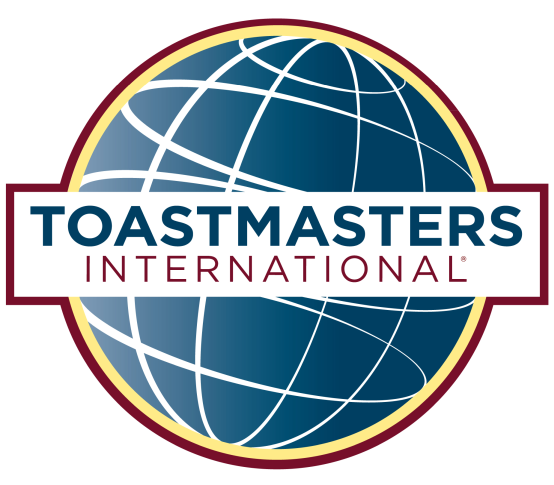Using Gestures in Public Speaking
Gestures are such an integral part of our non-verbal communication, enhancing our interaction with fellow human beings, that we hardly ever give it a conscious thought. Even when speaking over a phone, we tend to use gestures if we have a free hand or two – as if our listener were able to see us.
Do you feel that you are making good use of gestures in Public Speaking? Or do you perhaps like many of us, feel suddenly self-conscious about gesturing when speaking to a group of people in a formal setting? Likely, we can all improve our gestures over time, with awareness and feedback from our fellow Toastmasters.
How can this be accomplished? We can start by being aware of 2 main types of gestures: Emphatic and Descriptive. Are we using predominantly emphatic gestures? How can we develop more descriptive gestures?
1. Emphatic Gestures
These are the type of gestures that kind of “punctuate” our statements. Here are some examples:
- Clenching a fist: “We must be strong, resolved!”
- Hand to the heart: “I was moved by her reaction to my words”
- Both hands up in the air: “I was desperate for some help! Any kind of help”
Emphatic gestures come kind of naturally, because we use them every day in our conversations, even when talking to ourselves!
The next type of gestures need more conscious development.
2. Descriptive Gestures
These are gestures that tell us how long, short, tall, distant, or near something is. They show us the direction you were taking, the action you were making. Here are examples of descriptive gestures:
- Raising your hand high, palm down “He was a very tall fellow!”
- Stretched out hand to the side, finger pointing: “I had to walk 5 miles to get to my destination”
- Both arms stretched to the side, at shoulder height: “The one that got away (was this big)!”
Gestures come naturally to most if not all of us, however in Public Speaking we may be limiting ourselves by not giving this aspect of our communication much thought or practice time ahead of our assignment or presentation. Doing so in front of a mirror or videoing ourselves is a good way to become aware of how we come across.
Once practice time is over however, and you are in front of your audience, focus on your subject and your listeners. Practise time is over, it is time to deliver!
Post by: Massimo
Vice President Education and Membership 2020-21
Immediate Past President
Tube Talk Toastmasters Club

